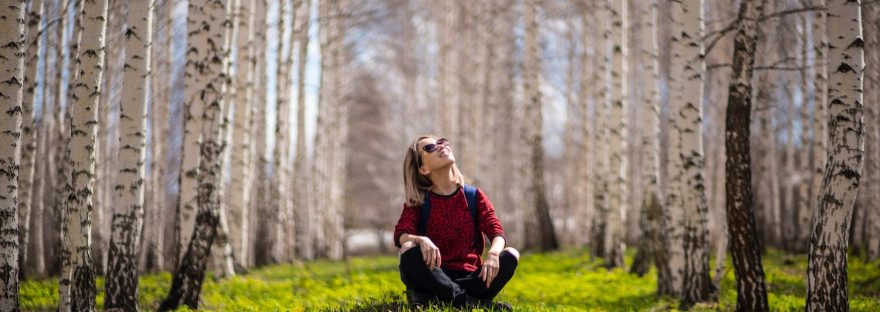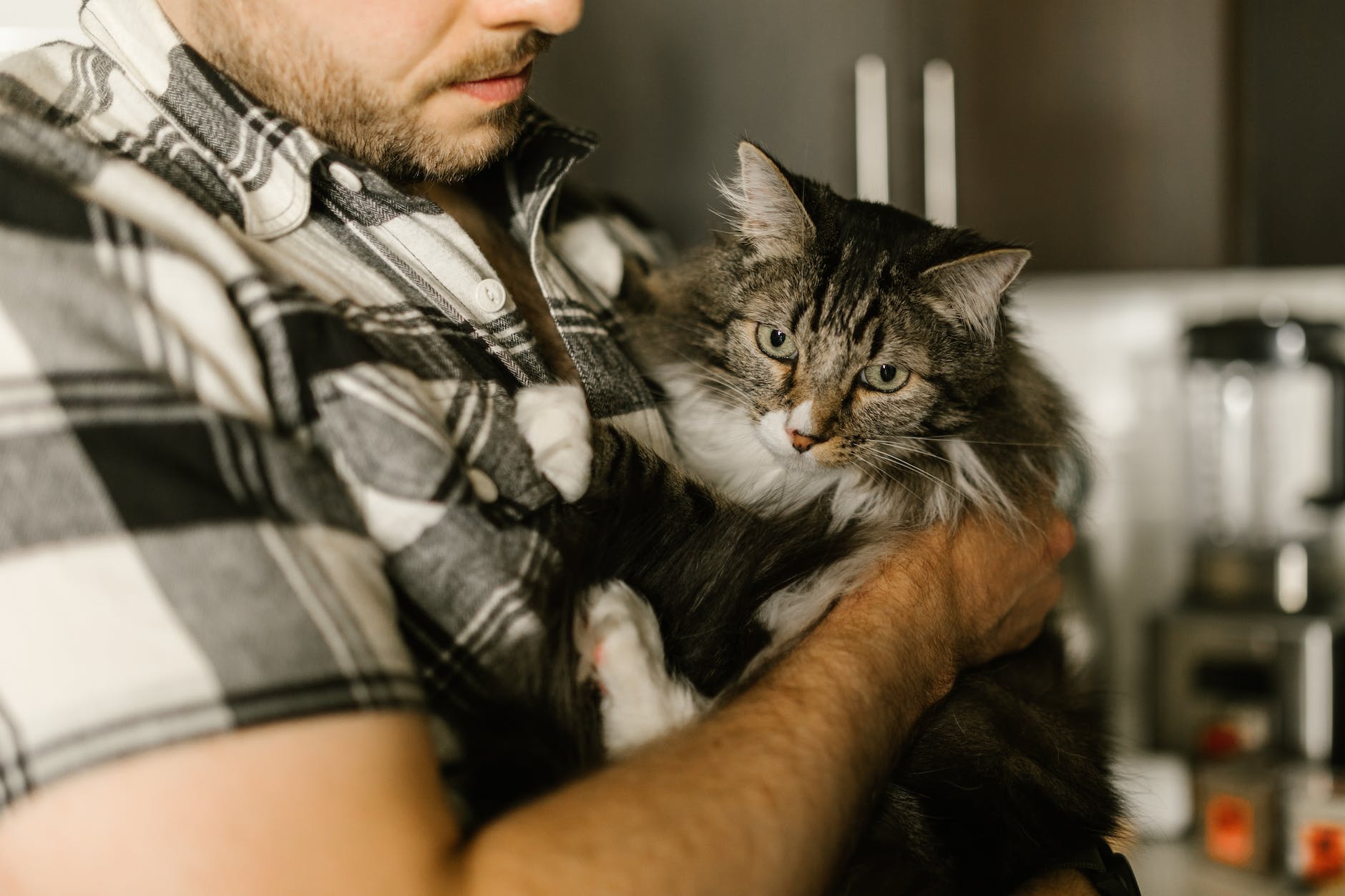I want to introduce you to one of the foundational habits of nature connection – Sit Spot time.
What is Sit Spot and why is it important?

Habits are formed through repeated behaviour and our habits define our perception of the world, which is why we notice things that are important to us.
When you practice Sit Spot time regularly you will find yourself noticing things you never noticed before, and when you return home you will notice them there where you never noticed them before, because you have retuned your perception.
Sit Spot is a place in nature that you can visit regularly and get to know as your best friend. It is a place where you learn to sit still – alone, quietly and often. It will become your place of intimate connection with nature.
Over time get to know this place and allow this place to get to know you. When you become part of a place, quietly, regularly, the other animals that use that place get more comfortable with you there. Magic happens over time.
A Sit Spot doesn’t have to be in a beautiful wilderness setting. It can be in your garden or on a balcony; it can be in a local park or on your regular dog walk or jogging track. The most important thing to consider when finding a Sit Spot is that is easy to get to. Don’t look for the ‘perfect’ place. Look for the convenient place.
The intention is that you will go back to this place regularly, and making it easy to get to will support you in this.
HOW TO SET UP A GOOD SIT SPOT PRACTICE:
Have a timer with you, so that you can simply ‘be’ without the need to check your watch regularly. This will help you to really drop into a relaxed presence, without any mental distractions.
Take a notebook and pen with you so that, when you have finished your Sit Spot time, you can make brief notes or sketches that capture what happened at your Sit Spot. Bullet points or single words are enough.
In an ideal world you would sit at your Sit Spot for 20 minutes or more, because it takes 20 minutes for the animals that live in or use that place to get used to you being there. When you first arrive some of them will hide, and the birds may start alarm calling. After 20 minutes all of that activity will settle and life goes back to normal. If you don’t have 20 minutes, then try to spend at least ten minutes at your Sit Spot.
Here are a variety of ideas of how you can spend your time, depending how long you have…
SIT SPOT OPTIONS:
If you have 30 minutes available (or more!):

Once you have arrived at the place where you plan to do your Sit Spot, take a moment with your eyes closed. Silently in your mind greet the trees, plants and animals that are there. Then use ‘body radar’ to find a place to sit. Body radar is allowing your body to draw you towards a place to sit, rather than choosing with your mind.
Once you have found your Sit Spot place, become aware of your thoughts and let them simply drift by on your mind’s eye. Observe your breath and, as you do so, let it become slower and deeper. You will find yourself dropping into a quiet, relaxed, calm state. In this state the animals that are nearby will feel safe around you, and can even be drawn to you with curiosity.
Once you feel relaxed, begin by sending energy from your heart – feelings of love or appreciation – to everything that is around you. Send it to the individual things one at a time, or to everything all at once. How you do this is up to you. As you send these feelings of appreciation, notice if you feel a response coming back to you from nature. We all thrive under loving attention, and nature is no different. Enjoy radiating this loving energy for as long as you choose.
Now look around, gazing with a soft focus. Notice what you can see. What plants are in this place? What trees are nearby? Instead of naming them, simply notice their shape, colour and size. How many varieties can you see? How many different shades of green are there?
What birds can you hear? Can you see any of them? You may need to use your peripheral vision rather than looking directly at them. This lets them feel safer – being stared at can feel like ‘hunting’ energy to them. You are more likely to see them behaving naturally this way.
What insects or animals are using this place? Are any insects crawling through the grass or sand or mud beneath you? Is there evidence of any animals that have passed through this place? Do all of this from your sitting place.
End by thanking everything that is there for sharing this place with you.
When you have finished, take 30 seconds to make a few notes or sketch something that captures the key elements of your Sit Spot time.
Shorter option: Meditate in nature for 20 minutes.

Take your meditation practice outside. If you don’t already meditate, start one now and do it outdoors.
Once you have found your Sit Spot, instead of sitting with your eyes closed, sit with a soft focus and gaze gently on the things near you. Allow your thoughts to simply drift across your mind like clouds moving across the sky – noticing them but not engaging with them. Focus on slowing your breath taking longer and deeper breaths, and feel yourself becoming more and more relaxed. This will also help to quieten the mind.
Begin by sending heart energy – love or appreciation – to everything around you. Sit in your meditative state, radiating love and appreciation to all that surrounds you.
As you continue to sit you might notice the feel of the sun or the wind on your skin; the sounds of the birds, insects and other animals; the smell of the earth, plants and trees. Simply sit, quietly, with a soft gaze, noticing whatever catches your attention.
End by thanking everything that is there for sharing this place with you.
When you have finished, take 30 seconds to make a few notes or sketch something that captures the key elements of your Sit Spot time.
Only got ten minutes? Have breakfast outside.

Find a spot in the garden, on the balcony or just sitting by the window, and eat your breakfast mindfully. As you savour each mouthful, listen to the sounds of the birds nearby, or the wind in the trees. Feel the wind or the sun on your skin.
When you have finished eating, sit for a moment with a soft focus and gaze around you. As you look around try sending feelings of gratitude to the plants, the trees, the animals, birds and insects. Do this for a couple of minutes.
End by thanking everything that is there for sharing this place with you.
When you have finished, take 30 seconds to make a few notes or sketch something that captures the key elements of your Sit Spot time.
Make your experience richer by sharing it
You can use Sit Spot time as often as you wish during the Get Out Into Nature challenge. You could also make it a regular practice in your life, once a week or even daily.
Please share your experience on the Facebook page. When we share our experience it benefits us in several ways. It helps to reinforce the experience in our memory by revisiting it. Also when we all share together it weaves a rich tapestry of experiences that we can all enjoy.













 Close your eyes and turn your attention to your breath. As you breathe in, visualise the air moving into your lungs, filling them with life-giving oxygen. As you breathe out, see the air moving out of your lungs giving carbon dioxide to the trees. Do this three or four times.
Close your eyes and turn your attention to your breath. As you breathe in, visualise the air moving into your lungs, filling them with life-giving oxygen. As you breathe out, see the air moving out of your lungs giving carbon dioxide to the trees. Do this three or four times.





 In the situations I have been describing here, we can send these thoughts and feelings to specific animals (wild or domestic) that we know about, or we can send them (using our intention) to all animals in a particular area. In the latter case, we don’t need to know exactly who is there, we just trust that whoever is there will pick up these energetic vibrations and that they will feel supported and strengthened by them.
In the situations I have been describing here, we can send these thoughts and feelings to specific animals (wild or domestic) that we know about, or we can send them (using our intention) to all animals in a particular area. In the latter case, we don’t need to know exactly who is there, we just trust that whoever is there will pick up these energetic vibrations and that they will feel supported and strengthened by them.